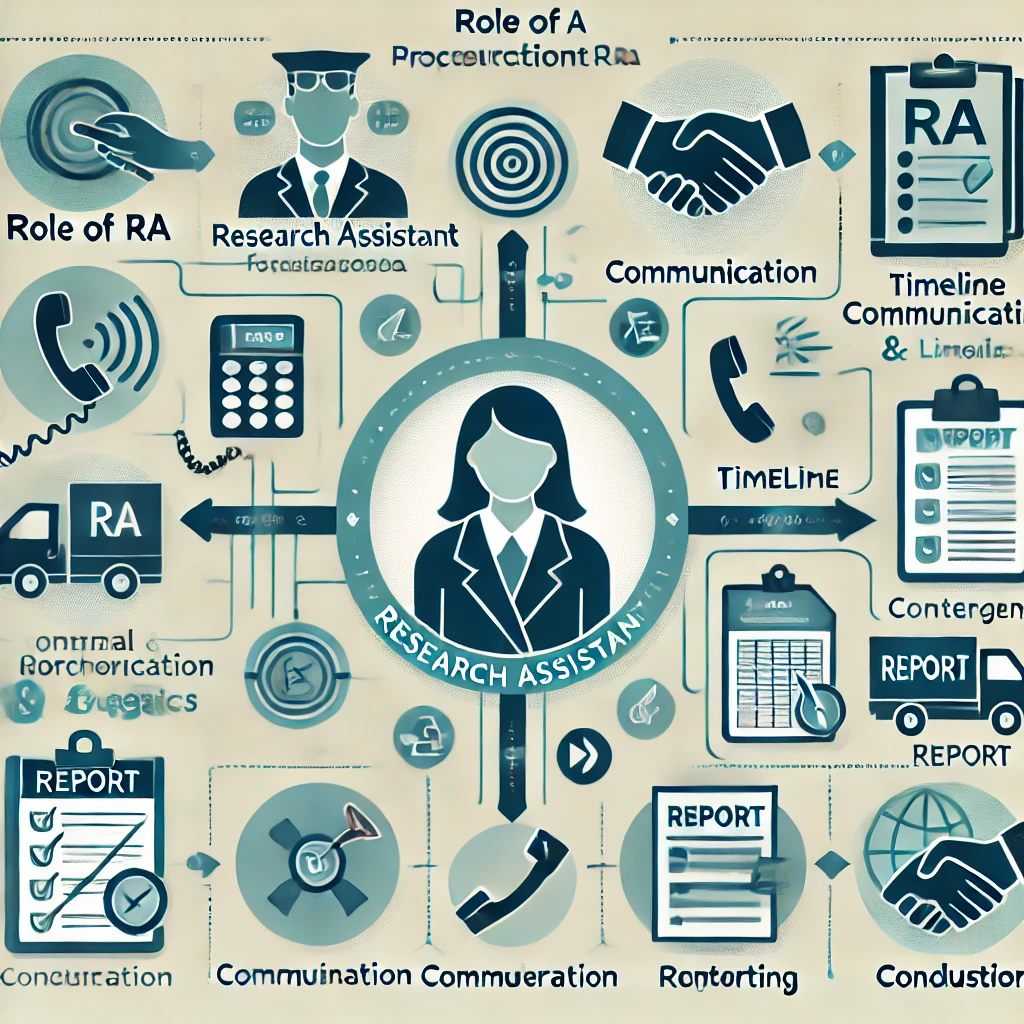Recruitment & Training Protocol
December 14, 2024December 14, 2024|
Tasmin PrithaRecruitment & Training Protocol|
0 Comment|
8:00 am

Categories :
Your role does not allowing viewing this content!
Related Post

Form Design Protocol
<p>Your role does not allowing viewing this content!</p> [...]
Procurement and Logistics Protocol
<p>Your role does not allowing viewing this content!</p> [...]


